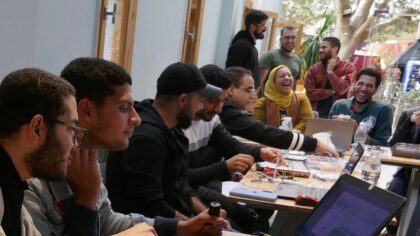Digital technology for carbon farming in Africa
What if agriculture could become a major tool in the fight against climate change while offering new economic opportunities to African producers? Find out how Orange’s research is focusing on carbon farming for a more sustainable future.
Read the article



Decoding inner speech: a new interface that deciphers patients’ thoughts
Read the article
HUBiquitous: IoT and AI to support the digital transformation in Africa
Read the article
Let's Talk Tech: Orange Research – AI, Cybersecurity, and Networks of the Future
Listen to the podcast

